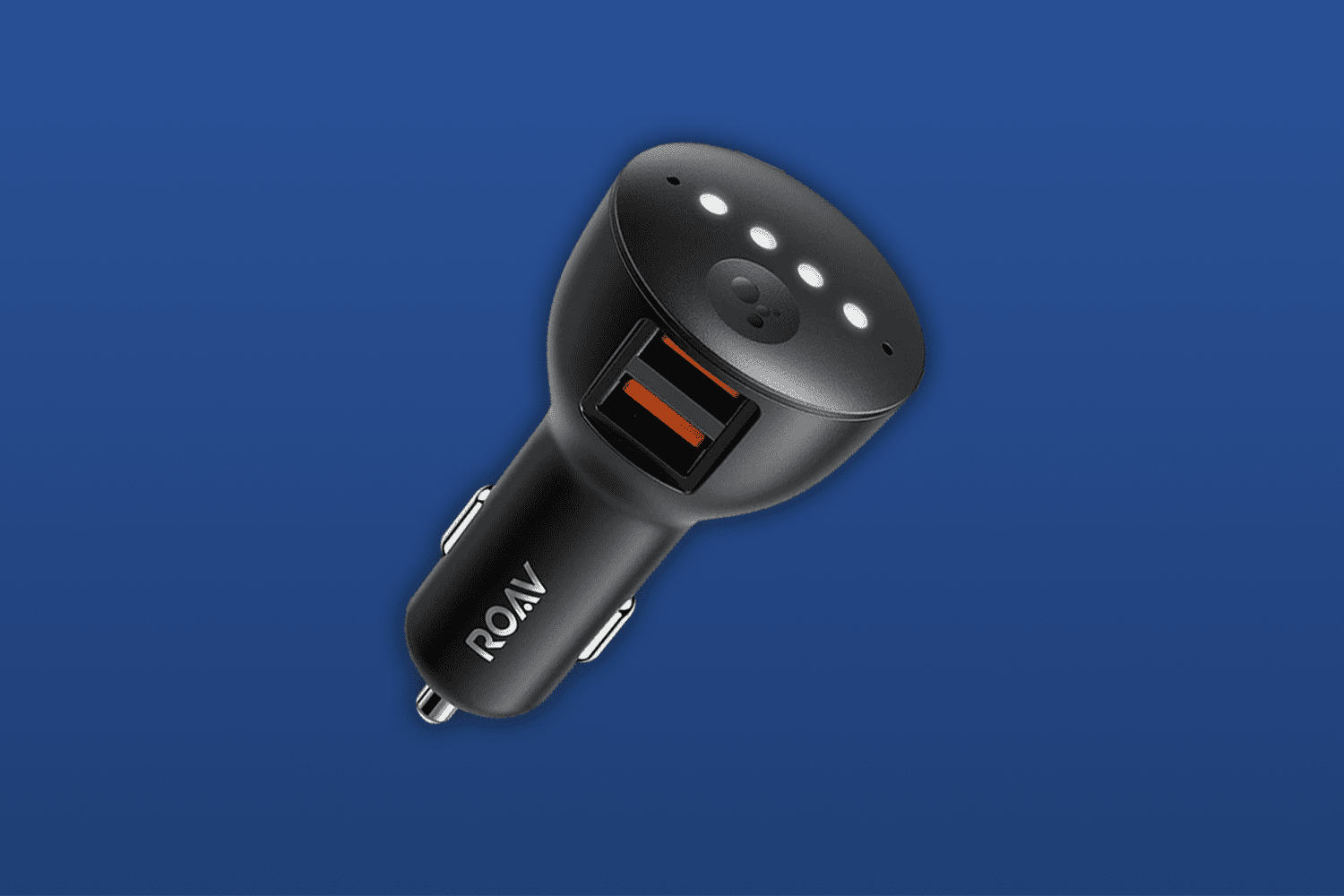
Maintaining my vintage car over the years without investing in aftermarket enhancements has certainly been an adventure. As it stands, the vehicle is in dire need of some electrical repairs and new shocks. I’ve also procrastinated on upgrading the “stereo” for quite some time. However, a recent APK teardown of the Google app has sparked some concern. With a trip to Los Angeles on the horizon, I realize that I require hands-free controls, and it appears I might not have them available using the Roav Bolt dongle by then.
According to Android Authority, a recent investigation into a beta version of the Google app revealed a hidden text string labeled “depreciation_notification.” This string seems to pertain to accessories like the Roav Bolt, which launched back in 2019, coinciding with the introduction of Google Assistant’s “driving mode.” The wording associated with this string suggests that the end is approaching for these accessories from that time period, as it states:
Google Assistant on your car accessory will be discontinued in the coming weeks. To continue using Assistant, please access queries either on your mobile device or through Android Auto.
I reached out to Google to verify the accuracy of this notification. The phrase “invoke queries” in particular sounds like jargon that wouldn’t typically be included in a final release, as it lacks user-friendliness! But I digress—it’s also frustrating to see accessories that many depend on for safe navigation on U.S. roads phased out.

It seems clear to me that the Roav Bolt is nearing its end, and it’s time to seek an alternative solution. I purchased it back in 2019 when the Google Assistant was just gaining traction. At that time, we believed the Assistant would remain just a “bot” linked to Google’s extensive database of information. The Roav Bolt, created by Anker, plugged into my car’s cigarette lighter—now referred to as the “auxiliary power outlet”—allowing audio streaming through Bluetooth while providing hands-free access to Google Assistant commands like “call someone” and “skip tracks.” It was even useful for looking up facts during conversations with passengers.
I started to have concerns when Google scaled back Android Auto for phones and integrated it into Google Maps. The situation became more dire when Google transitioned the Google Assistant into Gemini last year, causing my setup to malfunction completely for several months. Using voice commands became hit or miss, which is frustrating and unsafe when trying to navigate with Google Maps.
Although I anticipated this moment would arrive, it’s disheartening to think about finding a new solution for my peculiar needs. Nowadays, when purchasing or renting a car, most come equipped with Android Auto or Apple CarPlay. All you need to do is connect your phone, making it unnecessary for a phone-only driving mode suited for a niche audience.
Yet, I can’t help but feel a sense of loss as the Roav Bolt faces extinction. I thought I had made a wise choice investing only $50 back then. As my trip approaches, I may have to revert to a basic USB-C to auxiliary setup that I used previously—not the most attractive solution, but it’s cost-free. Alternatively, I might explore options like hacking the Spotify Car Thing for a creative workaround.









